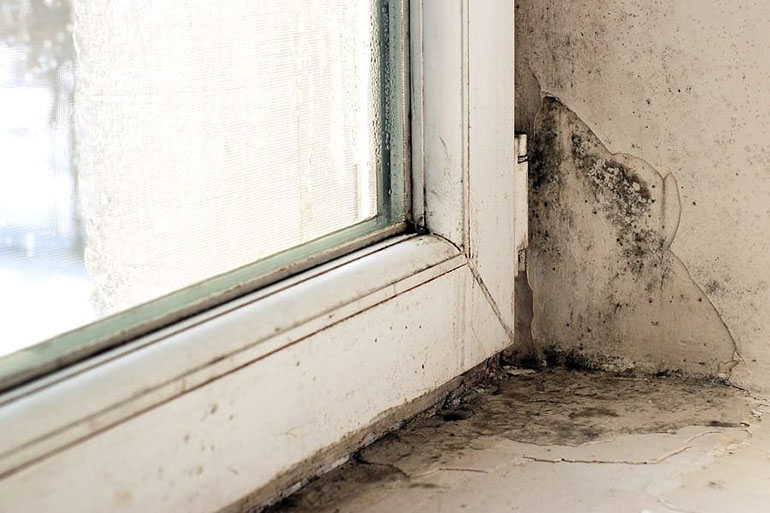
Condensation is a common issue that many homeowners face, yet its impact on our homes and health often goes underestimated. This seemingly harmless phenomenon can lead to a host of problems if not addressed promptly.
Understanding Condensation:
Condensation occurs when warm, moist air comes into contact with a cold surface, causing the moisture in the air to transform into water droplets. In homes, this commonly happens on windows, walls, and other colder surfaces. While it may seem like a minor inconvenience, the cumulative effects of condensation can be significant.
Please click below to take advantage of our free no obligation quote.
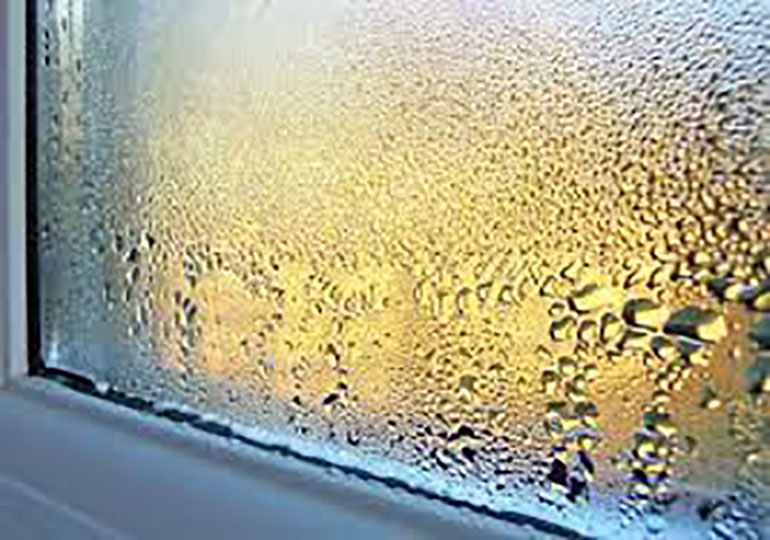
Mould and Mildew Growth: The excess moisture from condensation creates an ideal breeding ground for mould and mildew. These fungi not only damage your walls and ceilings but can also pose serious health risks, especially for individuals with respiratory conditions.
Please click below to take advantage of our free no obligation quote.
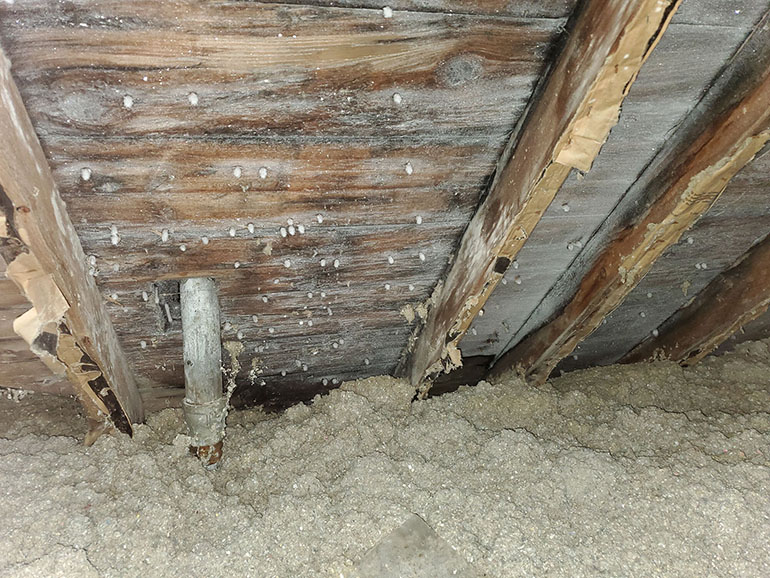
Prolonged exposure to condensation can lead to structural issues within your home. Water damage to walls, ceilings, and wooden structures may compromise the integrity of your property over time.
Please click below to take advantage of our free no obligation quote.
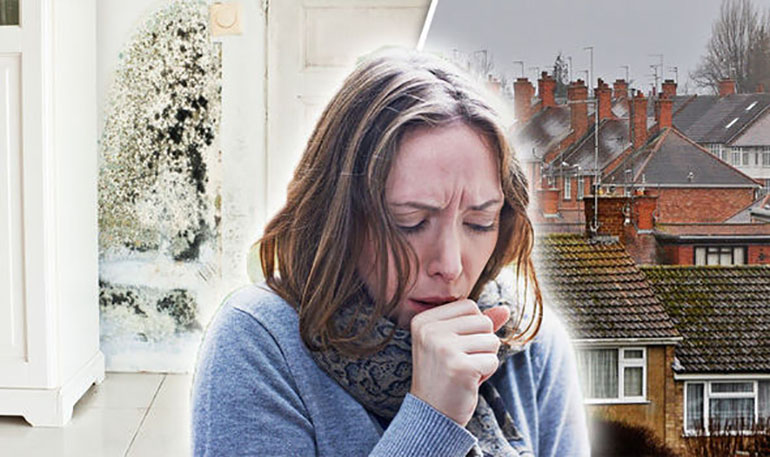
Mold spores released into the air can trigger allergies and respiratory problems. Condensation-induced mould growth can exacerbate asthma and other respiratory conditions, making it crucial to address this issue promptly.
Please click below to take advantage of our free no obligation quote.
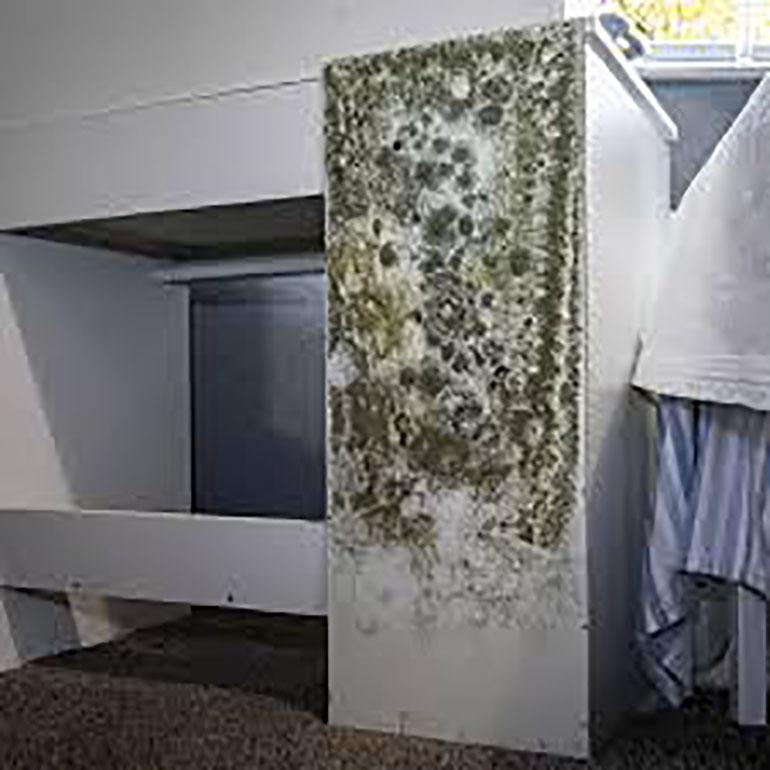
Constant exposure to moisture can cause fabrics, furniture, and other possessions to deteriorate faster. This can result in the need for premature replacements and increased maintenance costs.
Please click below to take advantage of our free no obligation quote.
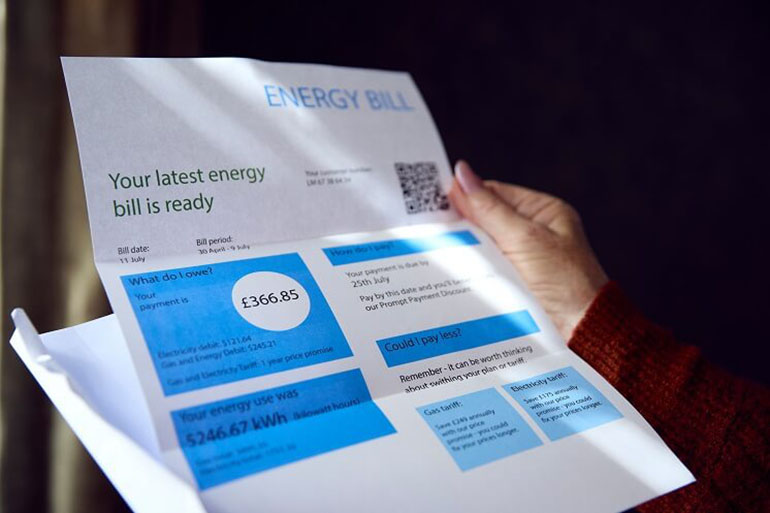
The presence of condensation can make your home feel colder, leading to higher energy consumption as you attempt to maintain a comfortable temperature. This, in turn, contributes to increased energy bills.
Please click below to take advantage of our free no obligation quote.
Positive Input Ventilation (PIV) is a ventilation strategy used in buildings to improve indoor air quality and reduce issues such as condensation and mold growth. Here are some potential benefits of Positive Input Ventilation:
It's important to note that the effectiveness of a PIV system depends on various factors, including the size and layout of the building, local climate, and the specific system design. Additionally, while PIV can be beneficial, it may not be suitable for all situations, and other ventilation strategies may be more appropriate in certain cases.
While condensation may seem like a minor inconvenience, its effects can be far-reaching and detrimental to both your home and your health.
By understanding the causes and taking proactive measures, you can create a healthier and more sustainable living environment. Regular maintenance, proper ventilation, and insulation are key elements in the battle against condensation, ensuring a comfortable and hazard-free home for years to come.
As ventilation specialists, we are dedicated to a healthier and more comfortable living environment. At Flexivent we take pride in offering tailored ventilation systems designed to combat issues such as condensation and mould. Flexivent understands the importance of indoor air quality, and our team of professionals is ready to work closely with you to implement effective ventilation solutions.
Please click below to take advantage of our free no obligation quote.